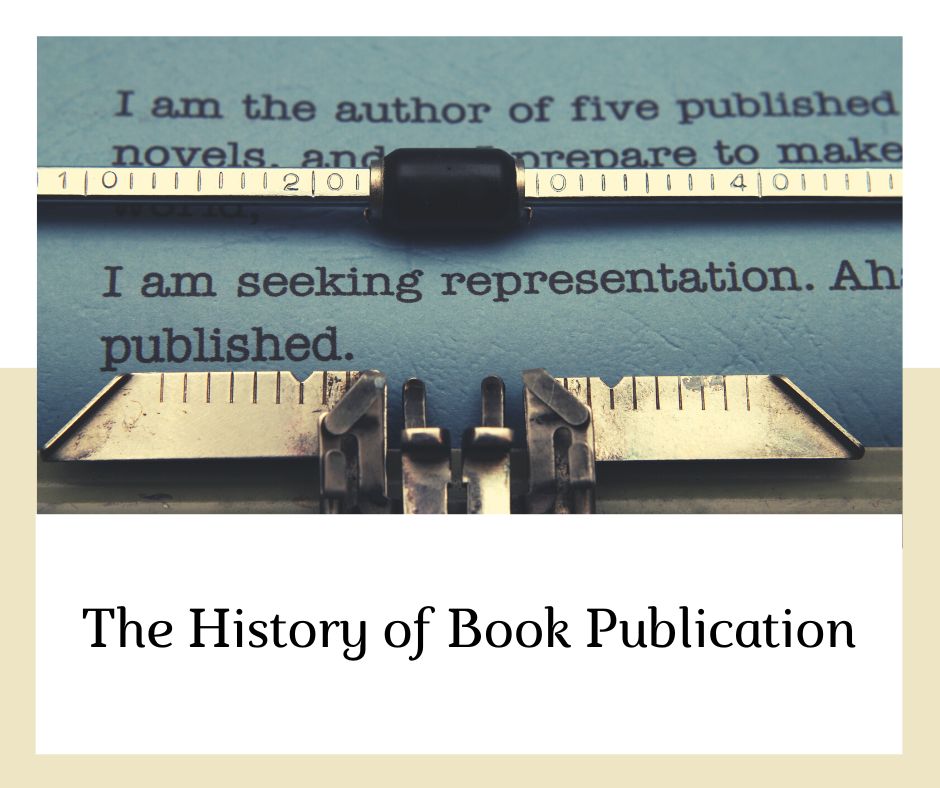If you’re anything like me, the words “publishing” and “publishers” usually conjure up images of big skyscraper buildings on (or near) Manhattan’s Madison Avenue or London’s busy Piccadilly Circus. I’m in the business of publishing books, but I’ve never really given much thought to how that came to be, who started it all, or what the process actually entails.
Early Publishing
In the early days of book publication, books were often hand-copied by scribes and monks. This was a time-consuming and expensive process, so only a few books were published each year. As printing presses became more common in the 15th century, book production increased. Books were still expensive, though, so they were often published in small quantities.
It wasn’t until the 19th century that mass-production techniques and advances in printing technology made books more affordable for the average person. This led to a boom in publishing, with new titles coming out every day. Today, thanks to digital printing methods, anyone can self-publish a book at a very low cost.
Modern Publishing
The printing press was invented in the 15th century, and the first book was published in 1455. This marked the beginning of the modern era of book publishing. In the centuries that followed, advances in technology and changes in society led to a number of significant changes in the way books were published.
One of the most important changes was the development of copyright law. This gave authors control over their work and helped encourage them to produce new works. It also allowed publishers to make money from selling copies of books.
Another significant change was the rise of mass-market paperback publishing. This made books more affordable and accessible to a wider audience. It also meant that publishers could reach a larger market with each book they published.
Today, publishing is undergoing another major change with the rise of digital publication. Books are now being published electronically, which has a number of advantages over traditional print publication. For example, digital books can be updated more easily, and they can be distributed to a global audience instantaneously.
Digital Publishing
The history of book publication is a long and complicated one, but the digital age has brought about some major changes. In the past, books were printed on physical paper and then sold in brick-and-mortar stores. But since digital publishing came along, books can now be published electronically and sold online.
This new way of publishing has many benefits. For authors, it’s easier and cheaper to self-publish their books electronically. And readers can buy ebooks instantly and read them on their computers, tablets, or smartphones.
Digital publishing has also changed the way that traditional publishers do business. Many publishers are now releasing their books in both print and digital formats. And some are even going exclusively digital since it’s a more cost-effective way to publish.
So what does the future hold for books? It’s hard to say definitively, but it seems likely that digital publishing will continue to grow in popularity. And as more and more people read ebooks, the need for physical bookstores may dwindle. Only time will tell for sure!
Conclusion
The history of book publication is a long and complicated one, full of twists and turns. From the early days of hand-written manuscripts to the rise of the printing press to the modern era of ebooks and online publishing, the story of books is a fascinating one. And it’s not over yet—who knows what the future holds for books and publishing? We can’t wait to find out.


